Engineering firm Viritech has unveiled its 1000bhp hydrogen-powered hypercar, which has been styled by Italian car design specialist Pininfarina.
The sub-1000kg Apricale, which produces zero emissions, made its debut at Goodwood's Festival of Speed today.
The hypercar will be sold in limited numbers for around £1.5 million before tax, with deliveries expected from early 2024.
However, the Apricale is intended primarily as a demonstration tool for Viritech’s hydrogen fuel cell technology, which it plans to offer to third-party companies for use in FCEV passenger cars, heavy goods vehicles, aircraft and boats.
It is intended to be the “world’s first production hydrogen hypercar” and seeks to demonstrate the advantages of FCEV technology over that of conventional electric powertrains.
Speaking exclusively to Autocar, Viritech co-founder Matt Faulks, an ex-Formula 1 engineer, outlined the reasons for Viritech’s focus on hydrogen: “You run into two issues when you go down the battery route. One is the ‘mass compounding element’ - the more energy storage you need, the heavier the car gets.
“The second is the continued use of large amounts of raw materials in building very large battery packs, which are potentially recyclable, but even today we’re struggling to get lithium back out in a way it can be used again.”
Faulks added that, “as an ex-motorsport guy”, he did not want to build a car “that weighed two tonnes”. The Apricale, to that end, is intended to “push the boundaries of technology” and has been developed with an emphasis on keeping weight down and making it “fun to drive”.
The issues with an FCEV powertrain, as perceived by Faulks, are primarily centred around the storage of the hydrogen itself, and the weight of the hardware. To overcome these obstacles, the Apricale uses ‘graphene-reinforced hydrogen pressure vessels’, which essentially means the hydrogen storage tanks form a structural element of the chassis. This reduces weight and cost, while simplifying the structure.
Viritech has filed a patent for this technology, which Faulks identifies as a “key component” of the Apricale and future Viritech products. While the hypercar will be the first automotive application of this technology, the firm is targeting the commercial vehicle segment primarily, given the long-distance viability of an FCEV powertrain. Viritech is targeting a range of around 500 miles.
However, to demonstrate the flexibility of its concept, the firm has revealed the Tellaro SUV as a ‘reference design’ that shows how relatively lightweight FCEV technology could suit larger (and inherently heavier) passenger cars. “We will be sharing this concept with the many OEMs engaged in transitioning to electric vehicles, to demonstrate how a hydrogen SUV could be taken from concept to market,” Viritech says.
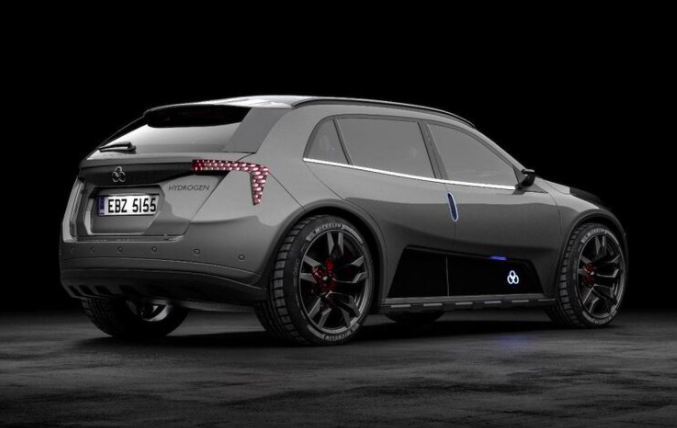
It is said to theoretically employ elements of the flagship Apricale’s powertrain. “The Apricale front motor is used at the rear in the Tellaro,” said Faulks.
It has established a development programme at MIRA, Warwickshire. Viritech has been able to make use of the expansive testing units on site, thereby saving on the considerable cost of building and homologating its own facilities. Faulks hailed “the resources that they provide, and the ability to sub out test and engineering services as required” as a primary reason that Viritech - a new automotive company - is able to develop its unique powertrain solution.
Timothy Lyons, CEO and founder of Viritech, said: “Becoming a member of the Horiba MIRA community is a game-changer for Viritech, moving us immediately into the big league in terms of the engineering facilities and support, meaning no engineering project is now beyond us. The hydrogen revolution will complement mobility electrification and will account for 400 million cars, 20 million trucks and five million buses. And that revolution starts here.”


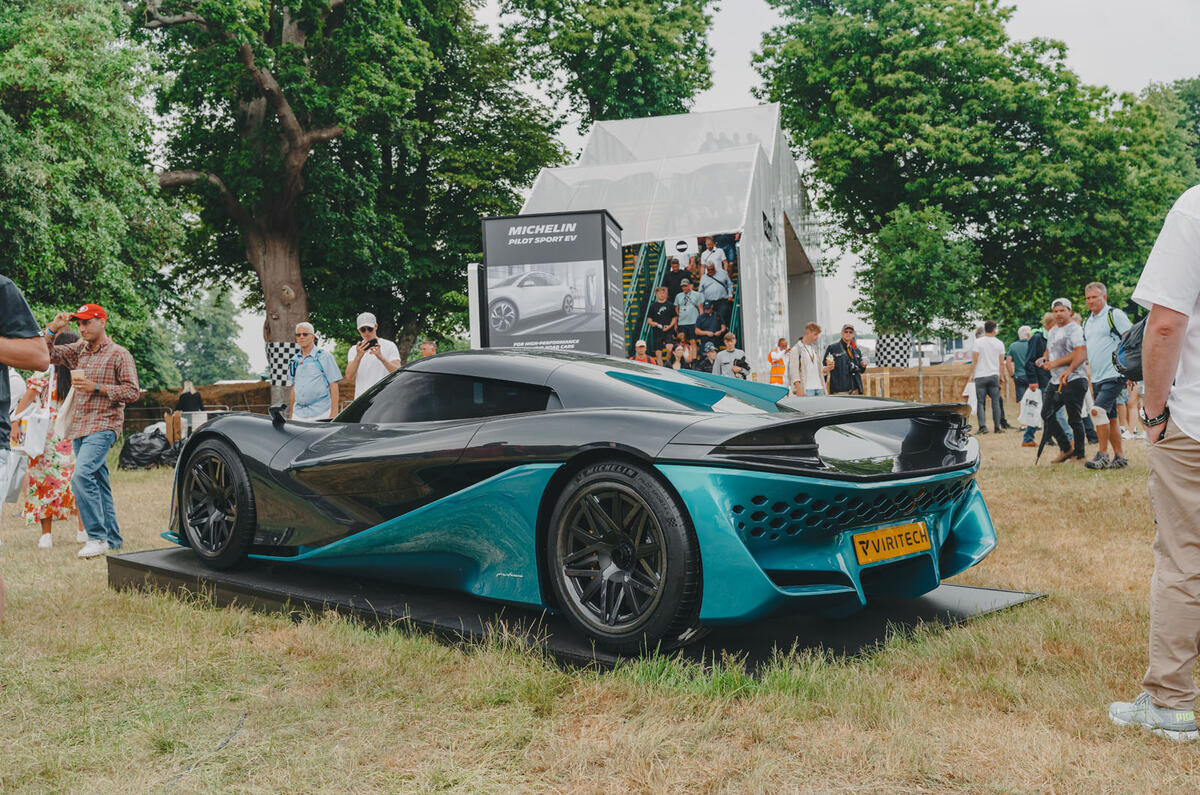


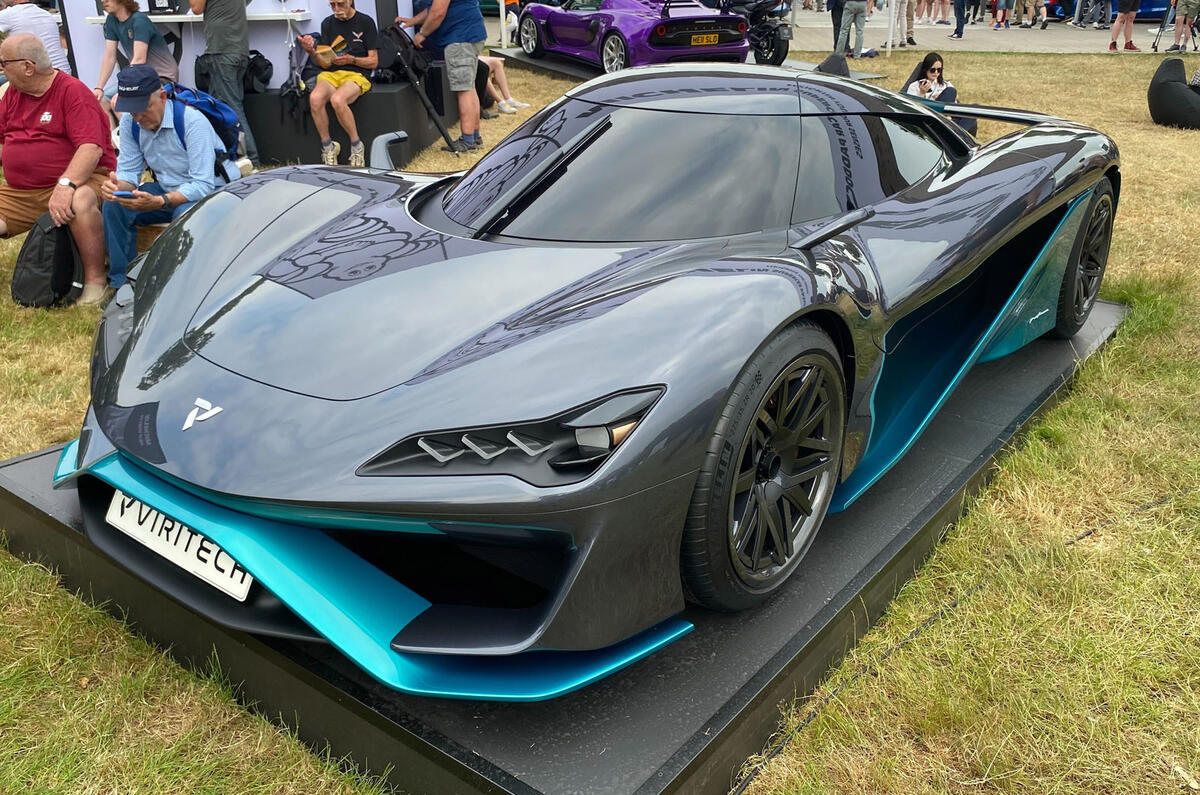
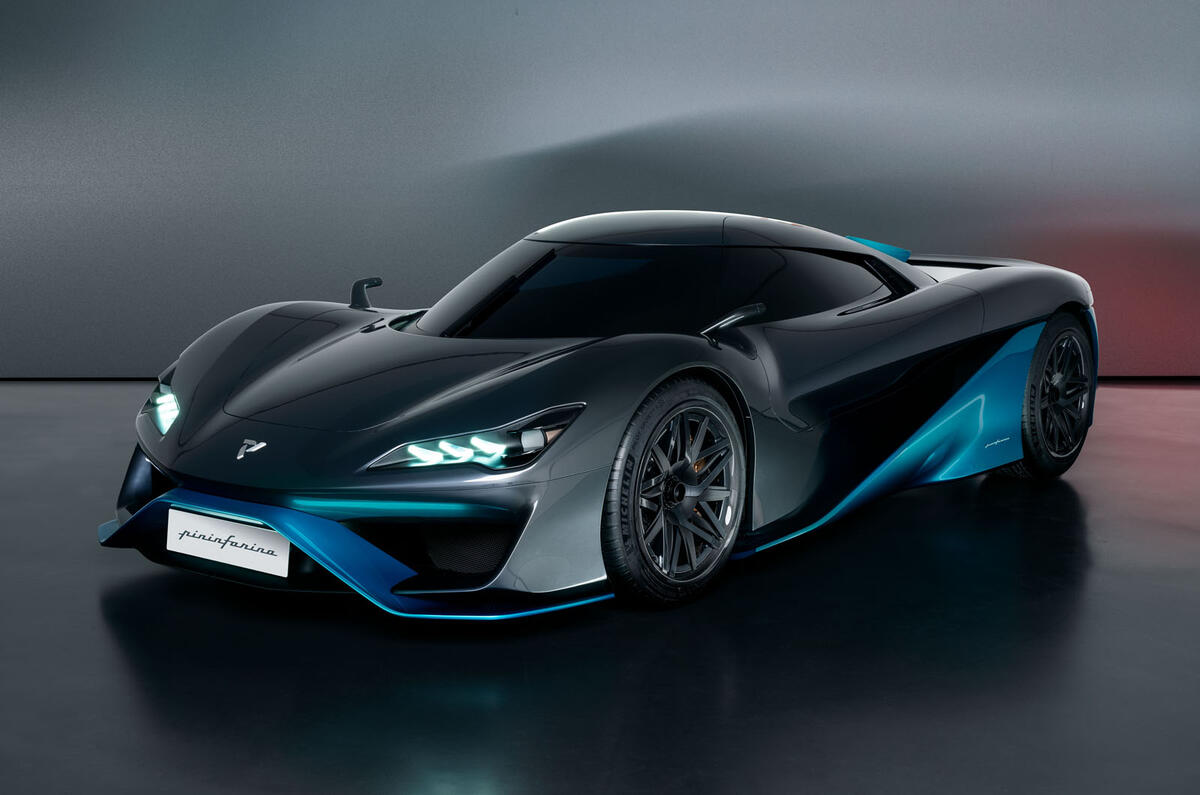
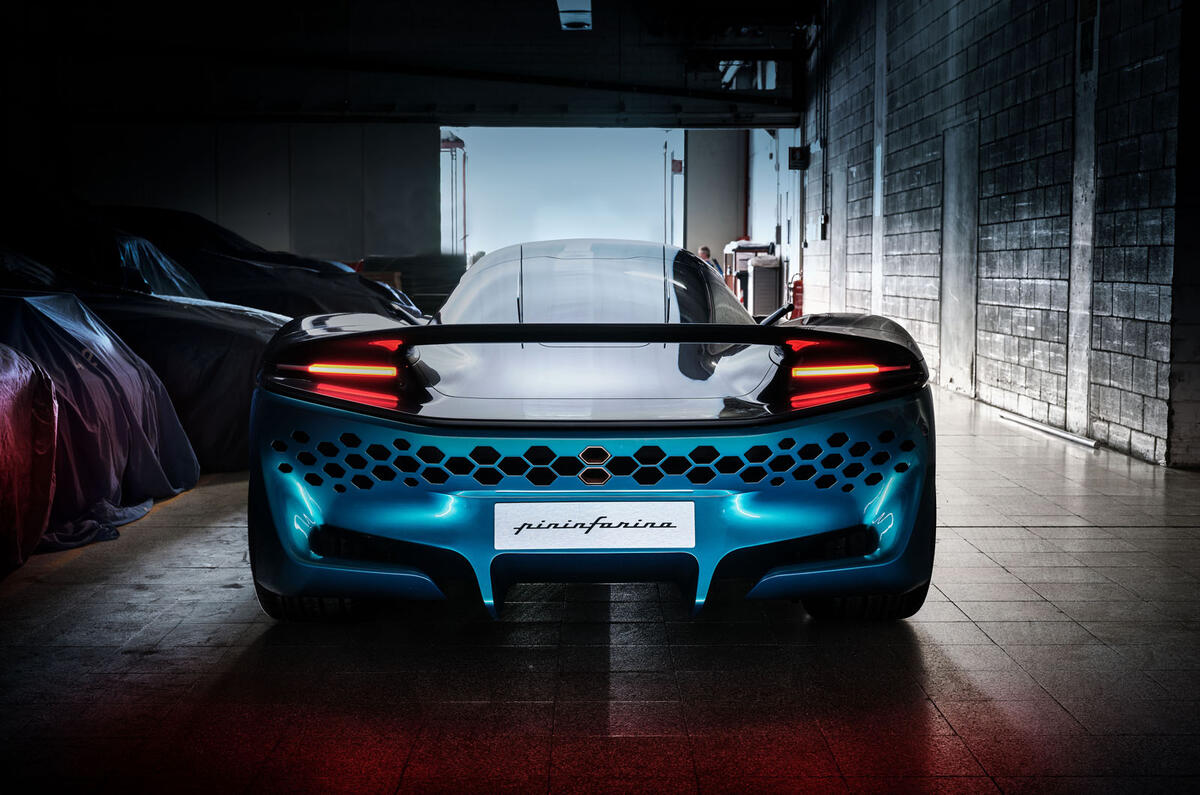
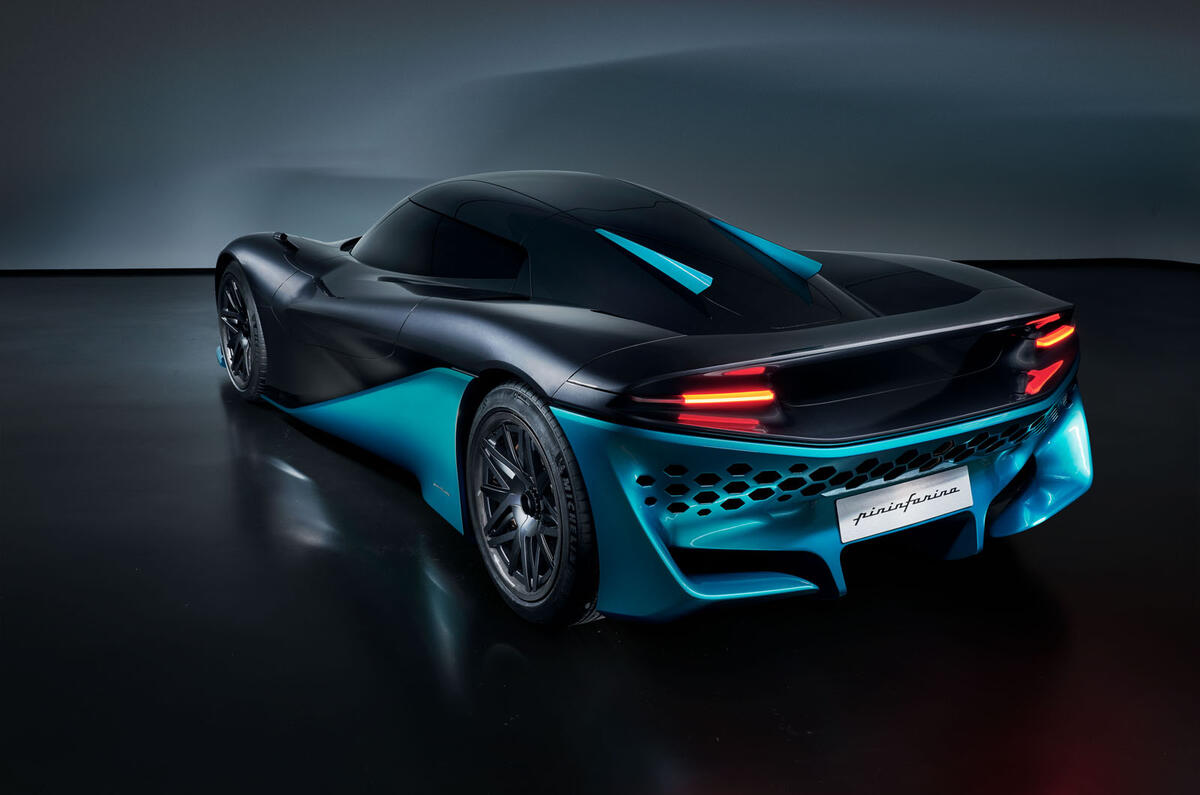


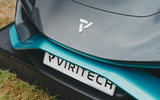

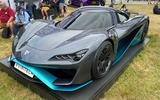
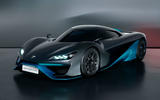

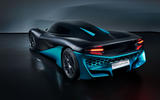






Join the debate
Add your comment
I hope the Apricale supercar is safe. Can Viritech put it on a Scale, show it is light but still would not be squashed like an Apricot?
Lot of aggression in the air this morning. For what it's worth, there's always a chance that neither hydrogen or lithium will be making an appearance in new cars in ten years time. Maybe silicon or aluminium based tech?
The energy density even of LiIon batteries in today#s BEVs is just too low, to be economical.
Fuel cells powered by Hydrogen are expensive today, because they are still being manufactured more or less by hand, instead of a large industrial scale.
Stellantis promises that customers can order the Hydrogen-Fuelcell version of the Opel (Vauxhall) Vivaro-e, but initially only with left hand steering, i.e. not yet for the island beyond the channel.
Besides, in Germany there are now 92 H₂ filling stations operational. See h2.live/en/tankstellen